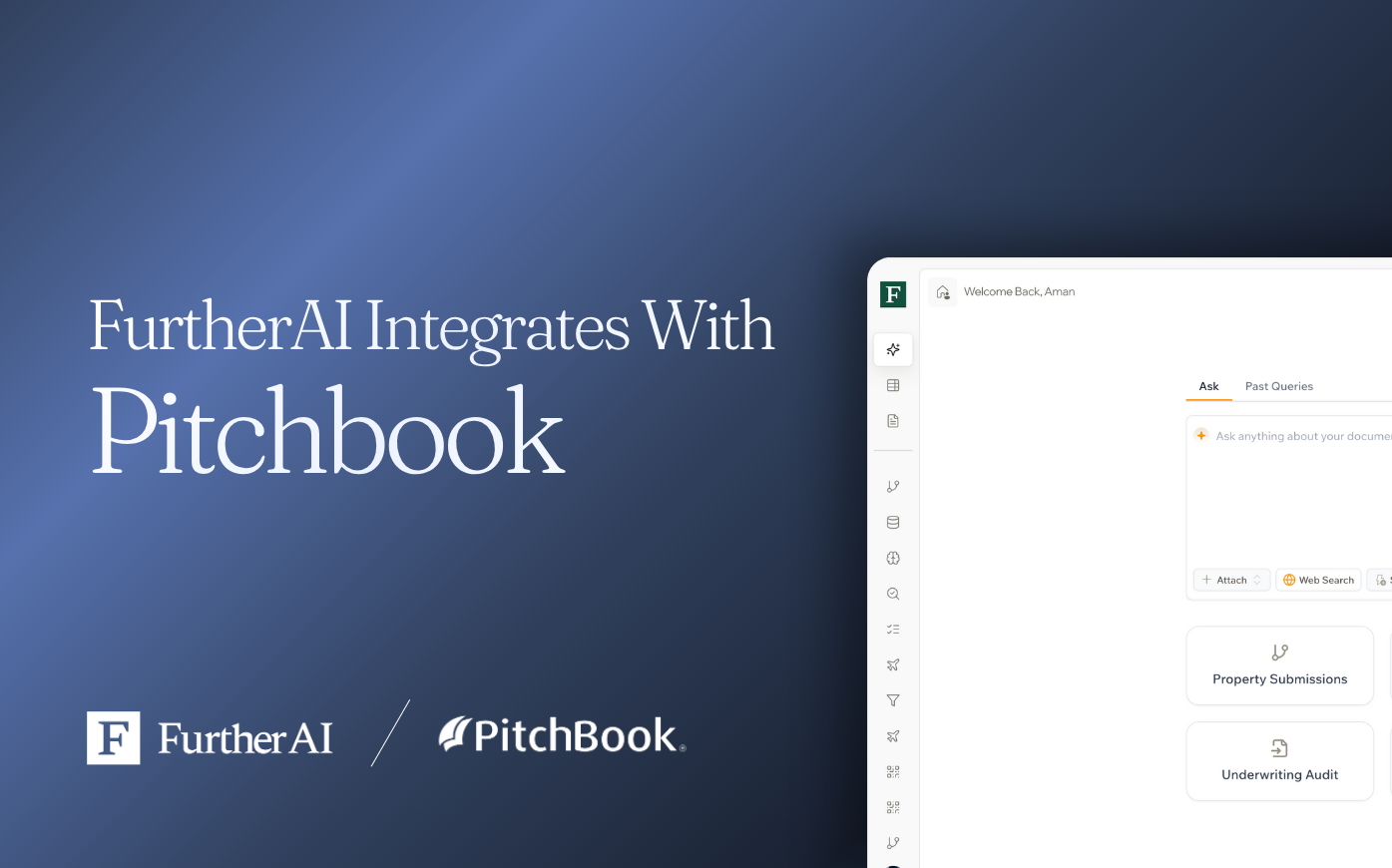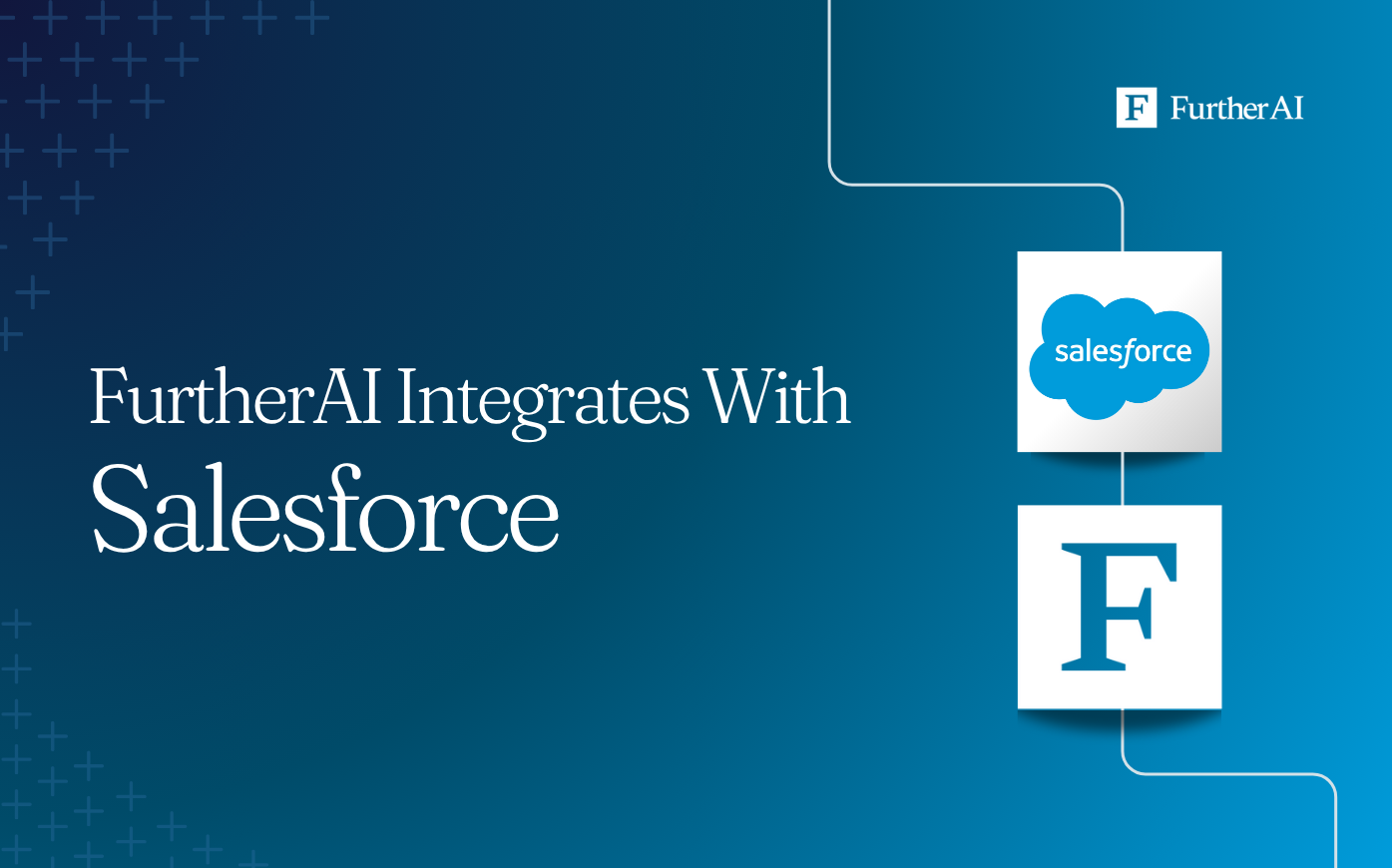
At this year’s InsureTech Connect Vegas, FurtherAI’s Co-Founder and CEO Aman Gour took the stage alongside Director of Strategic Accounts, Logan Krumholz, to explore a rising challenge reshaping the insurance industry: the surge of generative claims fraud — and how agentic AI can help insurers stay one step ahead.
From Casinos to Claims Desks
Aman opened his session with a simple analogy: casinos.
In Las Vegas, casinos have spent decades mastering fraud detection using RFID-enabled chips, AI-powered cameras, and systems that monitor collaboration at every table.
Insurance, Aman noted, is entering a similar moment. With generative AI tools now capable of producing realistic fake images, receipts, and documentation, claims teams face a new kind of fraud that scales with every prompt.
“You can go to ChatGPT or Gemini and ask it to generate a flooded basement or a repair invoice,” Aman explained. “It’ll give you something that looks real enough to pass a manual review.”
According to McKinsey, the industry could see a 300% year-over-year increase in fraudulent claims driven by AI-generated content — potentially costing carriers $300–400 billion globally.
Fighting AI with AI
Aman and Logan, FurtherAI’s AI Solutions Engineer, showcased a live demo of how AI can counteract these new fraud vectors.
Using FurtherAI’s platform, they demonstrated a claim that included a fake image and AI-generated receipt — both created in seconds.
The system automatically launched an AI-driven validation workflow:
- Extracting and analyzing claim data
- Verifying contractor licenses and public documentation
- Triggering an AI-powered phone call to confirm whether the listed contractor had performed the repairs
When the call revealed the contractor had no record of the job, the system flagged the claim as high-risk, providing a transcript, reasoning, and fraud probability score.
“You can’t call every contractor manually,” Aman said. “But AI can. It can validate receipts, cross-check public data, and escalate only what truly needs human judgment.”
From Verification to Action
Aman emphasized that AI is evolving beyond passive detection into active verification — moving from catching lies to proving truth.
By embedding intelligence directly into workflows, insurers can automatically validate data, enrich context, and route questionable claims to human adjusters for secondary review.
This human-AI collaboration loop creates a first line of defense, saving adjusters time while improving accuracy and trust.
“Instead of humans assigning tasks to AI,” Aman added, “we’re now entering a phase where AI can assign tasks back to humans — asking for help when it hits uncertainty.”
The Future of AI in Insurance
As insurers explore automation across submissions, compliance, and policy servicing, Aman’s message was clear:
AI must become an active partner in how the industry works — not just a back-office tool, but a front-line ally against complexity and fraud.
With FurtherAI recently announcing one of the largest Series A rounds in insurance AI, the company continues to build toward that vision, enabling carriers, MGAs, and brokers to stay ahead of risk, move faster, and make better decisions.
Learn more about how FurtherAI is helping insurers automate intelligently and securely across the value chain. Book a demo.
Ready to Go Further &
Transform Your Insurance Ops?
Reclaim your time for strategic work and let our AI Assistant handle the busywork. Schedule a demo to see how you can achieve more, faster.
















